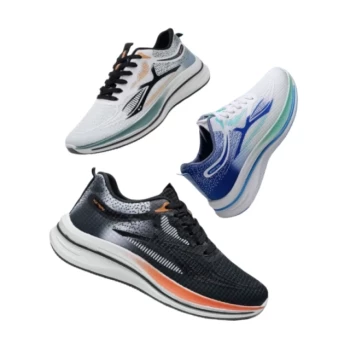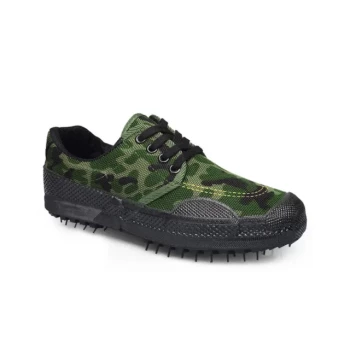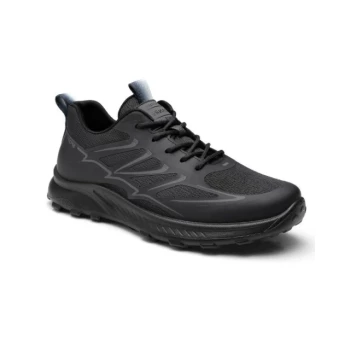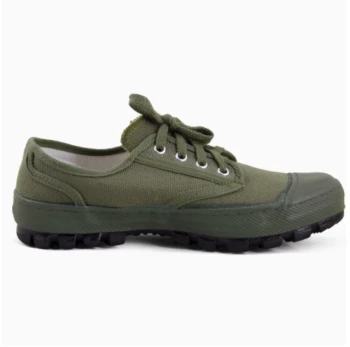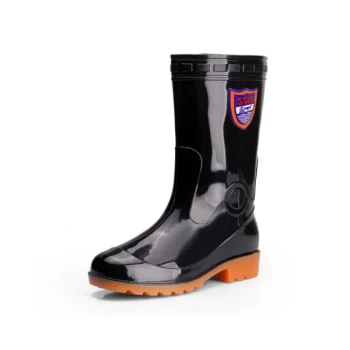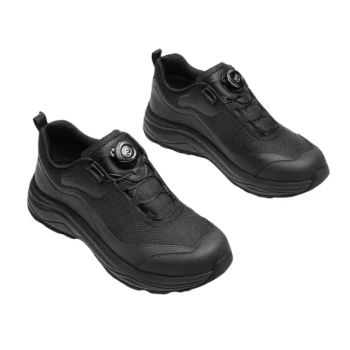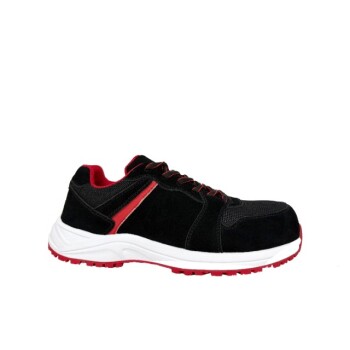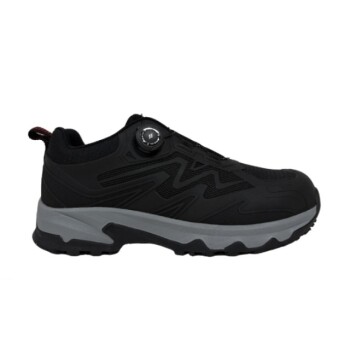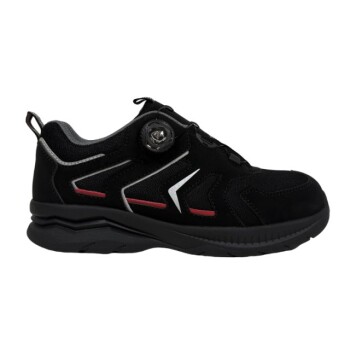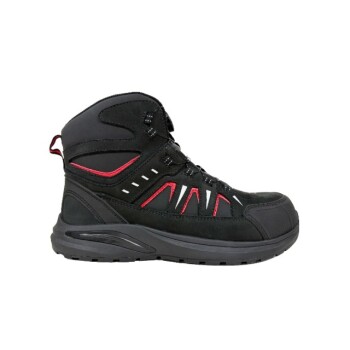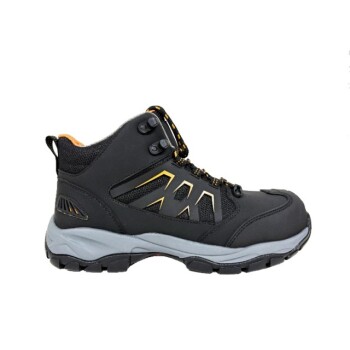In short, TPR soles are most suitable for casual, lightweight sneakers where affordability and comfort are the primary concerns. They are the ideal choice for everyday footwear that will not be subjected to high-performance demands, intense activity, or harsh weather conditions.
The decision to choose a TPR sole is fundamentally a trade-off. You gain a lightweight feel and a lower price point in exchange for reduced durability and grip when compared to traditional rubber soles.
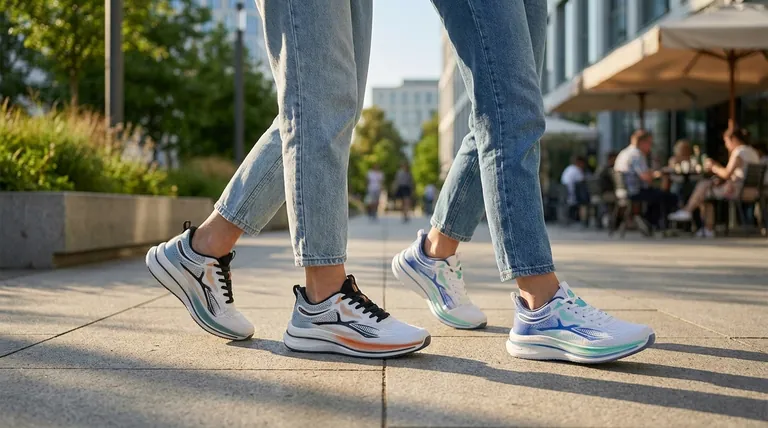
The Core Characteristics of TPR Soles
To understand where TPR (Thermo-Plastic-Rubber) excels, it's essential to break down its specific properties. These characteristics define its ideal use case.
Lightweight by Design
A primary advantage of TPR is its lower density compared to solid rubber. This results in a noticeably lighter sneaker.
This reduced weight translates to less foot fatigue during long periods of casual walking or standing, making them comfortable for all-day wear.
A Cost-Effective Material
TPR is often less expensive to manufacture than high-grade rubber. This cost-saving is typically passed on to the consumer.
For those seeking stylish, budget-friendly footwear for non-athletic purposes, TPR provides a practical and economical solution.
Moderate Flexibility
TPR soles offer a decent level of flexibility, which is perfectly adequate for the natural movement of your foot while walking.
This allows for comfortable motion in everyday scenarios, from running errands to a casual day at the office.
Basic Water Resistance
The material is inherently water-resistant, capable of protecting your feet from light splashes or walking on damp pavement.
However, it is not as impermeable or effective in extreme wet conditions as a well-made rubber sole.
Understanding the Trade-offs: TPR vs. Rubber
No material is perfect for every situation. Objectivity requires acknowledging where TPR falls short, particularly when measured against the industry standard of rubber.
Durability and Longevity
This is the most critical trade-off. Rubber soles are significantly more durable and resistant to abrasion than TPR soles.
With frequent and heavy use, a TPR sole will wear down faster. For a sneaker you intend to wear daily for years, rubber is the superior long-term investment.
Grip and Traction
Rubber compounds are engineered to provide superior grip across a variety of surfaces, including wet and uneven terrain.
TPR offers adequate traction for dry, urban environments like sidewalks and indoor floors. It is not, however, the right choice for activities requiring reliable grip, such as hiking or court sports.
Overall Performance
The combination of superior durability and grip makes rubber the definitive choice for any athletic or high-performance footwear.
TPR is simply not designed to withstand the stress, impact, and traction requirements of running, training, or other demanding physical activities.
Making the Right Choice for Your Needs
Your decision should be guided by the primary purpose of the sneaker.
- If your primary focus is affordability and style for casual wear: TPR soles offer an excellent balance of comfort and cost for everyday, low-impact use.
- If your primary focus is durability and all-weather performance: A rubber sole is the necessary choice for longevity and reliable traction.
- If your primary focus is the lightest possible feel for daily errands: TPR is a strong contender, providing comfort without the heft of traditional rubber.
By understanding this clear balance between cost and capability, you can confidently select the sneaker sole that truly serves your purpose.
Summary Table:
| Scenario | Suitability of TPR Soles | Key Considerations |
|---|---|---|
| Casual, Everyday Wear | ✅ Highly Suitable | Lightweight, affordable, comfortable for walking/standing |
| High-Performance Sports | ❌ Not Suitable | Lacks durability and grip for intense activity |
| Wet/Harsh Weather | ❌ Limited Suitability | Basic water resistance only; inferior to rubber |
| Budget-Conscious Purchases | ✅ Highly Suitable | Cost-effective material for stylish, low-impact footwear |
Need the Perfect Sole for Your Sneaker Line?
As a large-scale manufacturer, 3515 produces a comprehensive range of footwear for distributors, brand owners, and bulk clients. Our production capabilities encompass all types of shoes and boots, including those with TPR soles for casual comfort or durable rubber soles for high-performance demands.
We can help you:
- Source the right sole for your target market and price point.
- Ensure consistent quality and comfort in every pair.
- Scale production efficiently to meet your bulk order needs.
Let's discuss your specific requirements and create the perfect footwear solution for your customers.
Contact our expert team today to get started!
Visual Guide
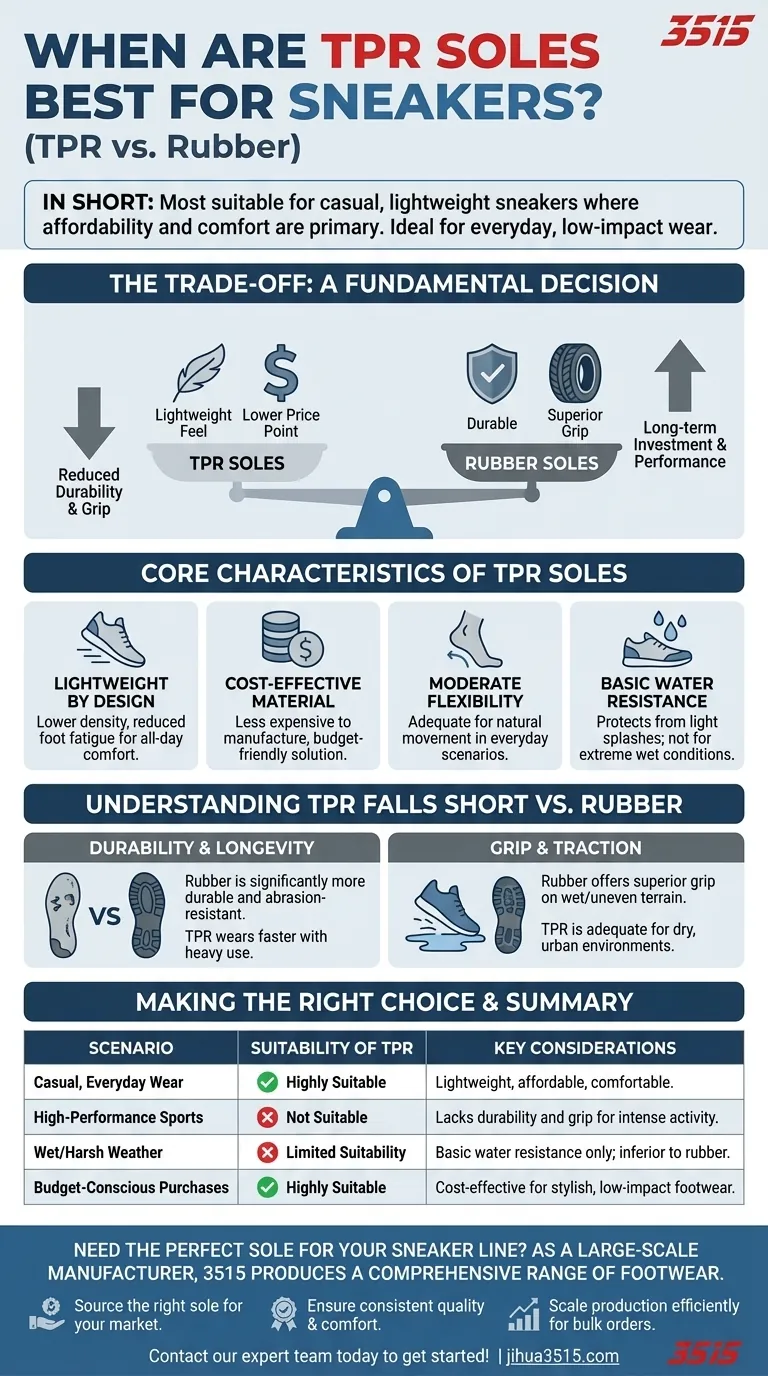
Related Products
- Wholesale Breathable Athletic Sneakers - Custom Lightweight Cushioned Footwear Manufacturer
- Durable Rubber-Soled Utility Shoes for Wholesale & Custom Brand Manufacturing
- Durable Rubber Sole Outdoor Shoes Wholesale & Custom Manufacturing
- Wholesale Durable Camouflage Canvas Shoes with High-Traction Cleated Rubber Sole
- Safety Footwear Wholesale Manufacturer for Custom OEM/ODM Production
People Also Ask
- How should you choose the right type of athletic shoe? Match Your Sport for Peak Performance
- What should be considered when choosing smart trainers for business casual? A Guide to Professional Style
- What is high-tech 'air' mesh, and how is it used in footwear? The Key to Cool, Lightweight Shoes
- Why are running shoes and walking shoes not interchangeable? Avoid Injury with the Right Footwear
- Can running shoes be used for walking? Choosing the Right Footwear for Comfort & Support
